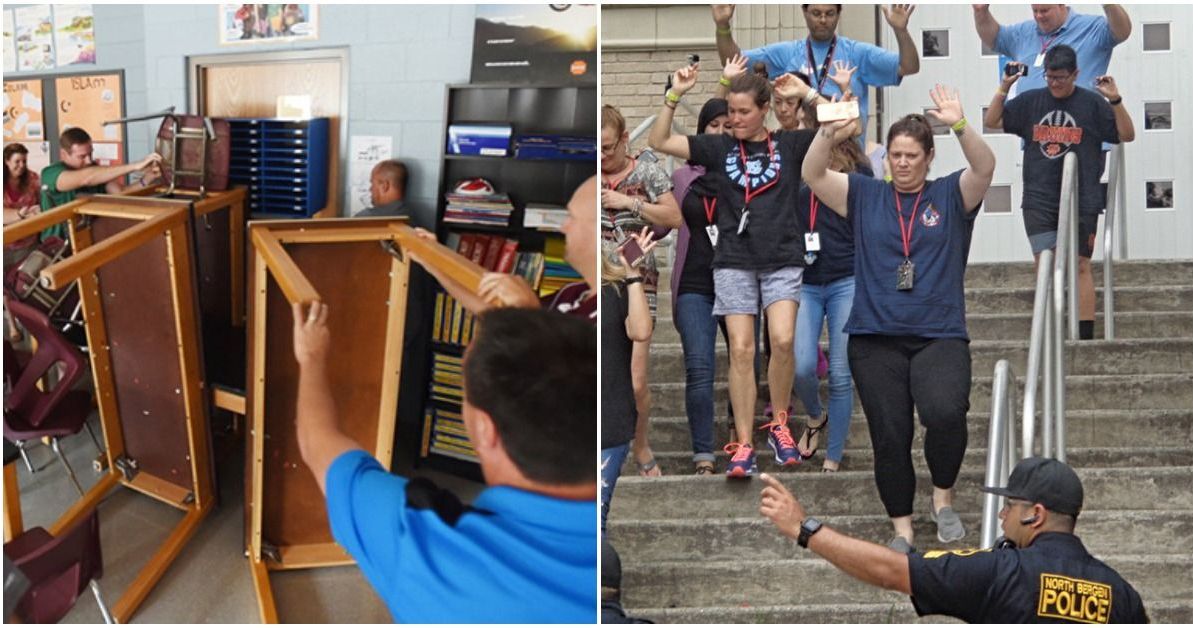It's awful to think about, but mass shootings are becoming fairly common in our society.
All kinds of locations have been targeted, including schools, offices, concert venues, shopping centers, movie theaters, and even churches.
While it seems like an unavoidable tragedy, police and safety experts actually say you can take steps to protect yourself during an attack.
The best tips can be summed up as RUN, HIDE, FIGHT, but there's even more helpful advice.
1. Be Prepared
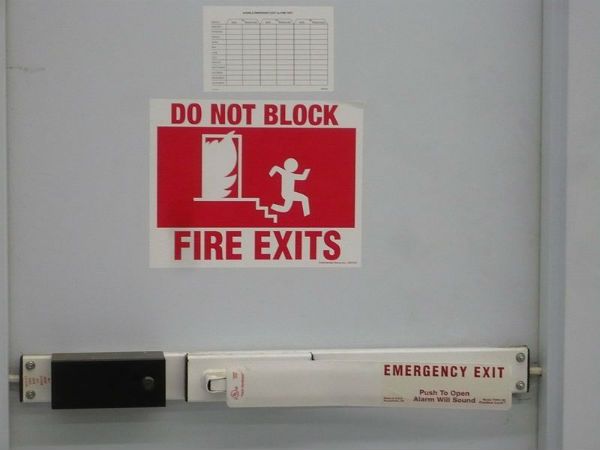
Take a moment to plan a speedy exit in any large space, whether it's an apartment building, stadium, workplace, school, or shopping center.
Learn where the exits are and plan how you would reach them in an emergency.
Don't obsess over these plans, but have them ready for places you regularly visit, just in case.
And don't rule out any unlikely routes, like a second story window. That's how students escaped from Virginia Tech during the 2007 shooting at that school.
2. Run

When a shooting or other kind of attack begins, run to safety as soon as possible.
Don't shelter in place or collect your things, because every second counts when danger is close by.
But do take time to warn others by yelling "Gun!" or "Gunman!" Direct anyone who's not moving to follow you to safety.
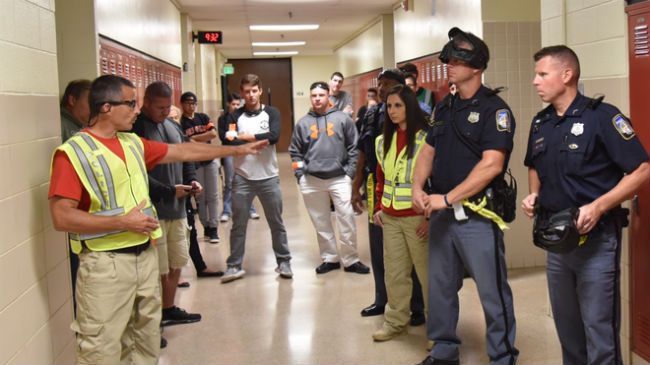
If you're part of a large group, try to split up to avoid being targeted by an attacker.
Listen for the sounds of danger to avoid running towards an attacker, especially when you enter a hallway or stairwell.
Security expert Steve Kardian says if you hear a break in gunfire, the attacker is probably reloading.
That could give you the chance to run "40 to 50 feet" before he starts firing again.
3. Hide
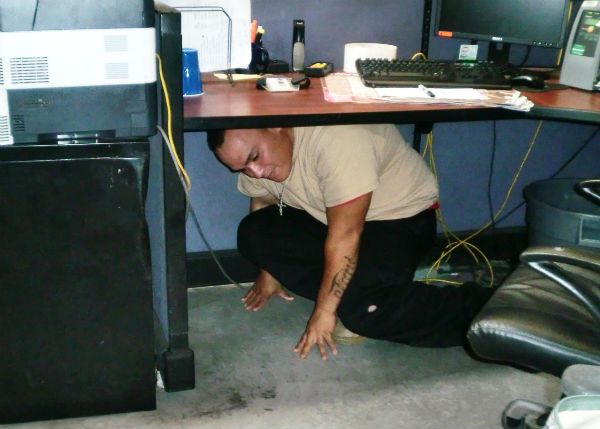
You should run directly to safety if you can, and only hide if you are forced to.
Actively make yourself hard to spot. Turn off the lights in your room and silence your cell phone.
It's always better to hide low to the ground than away from the door, because bullets can crash through furniture.
You're less likely to be spotted if you hide on the side behind the hinge of a door, in case the gunman pokes his head into your room.
Nearly 70% of all active shooting incidents end in less than five minutes, so a good hiding spot can save your life.
4. Barricade Yourself

If you are forced to hide in a room, experts recommend repelling the shooter instead of "hiding and praying."
Lock and barricade the door to your room with furniture before hiding again.
You can cinch a door shut with a belt using this clever technique if there's nothing else available.
When the door is blocked off, look for any objects that can be used as weapons in case the attacker storms into your room.
One person can make a quick phone call to 911 (and silence their phone afterwards) but everyone else should focus on something useful.
5. Fight Back
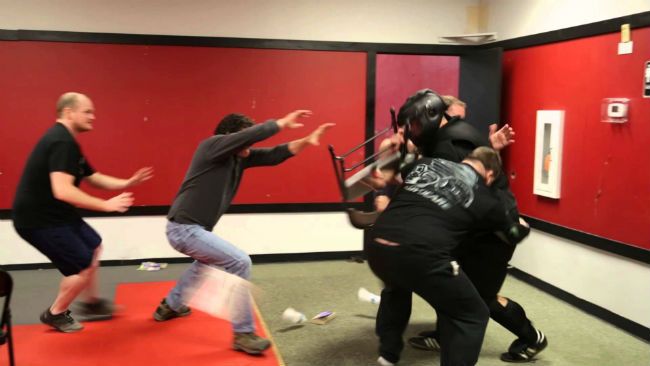
If the attacker reaches you, you have no choice but to fight for your life.
Get as close as you can to the gunman, and strike vulnerable areas like the eyes, neck, knees and groin with anything handy.
If there are no makeshift weapons, use kicks, punches, or claw with your fingernails.
It may sound hopeless, but 13% of workplace shootings are stopped by civilians who fight back.
Things You Should NOT Do

- DO NOT pull a fire alarm or set off sprinklers. These may "distract" a gunman, but they also confuse everyone else. You don't want anyone to mistake the shooting for a drill.
- DO NOT open the door for anyone unless you know the shooter is not in the area. If your room is safe, stay locked in until police arrive.
- DO NOT play dead. Shooters have been known to repeatedly attack targets lying on the ground.
- DO NOT go on social media during the shooting. This can give away your location or a police officer's location.
- DO NOT open fire on the shooter with your own gun, except as a last resort. Police say this only causes more confusion and panic, and could injure you or police officers in the crossfire.
- DO NOT run out of the building unless you are in immediate danger. Leave the area slowly with your hands raised so police know you aren't a risk. Don't stop to ask questions or thank officers, get to safety and let them do their job.
Let's make sure everyone knows what to do in these emergencies!
[H/T: HuffPost, Inside Edition, NY Post, UVA Emergency, NY Times]
